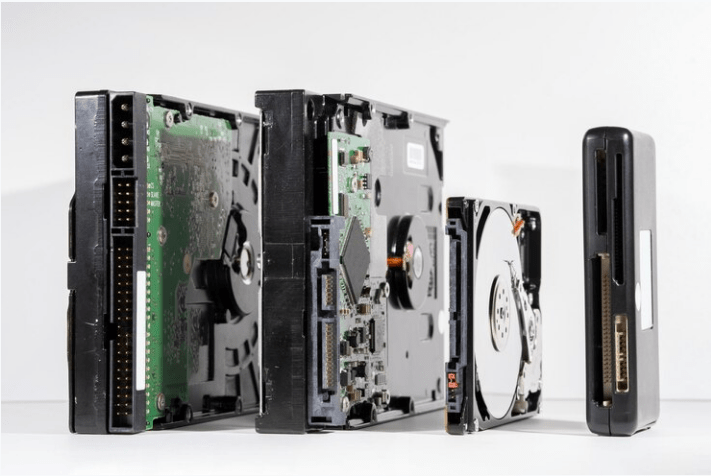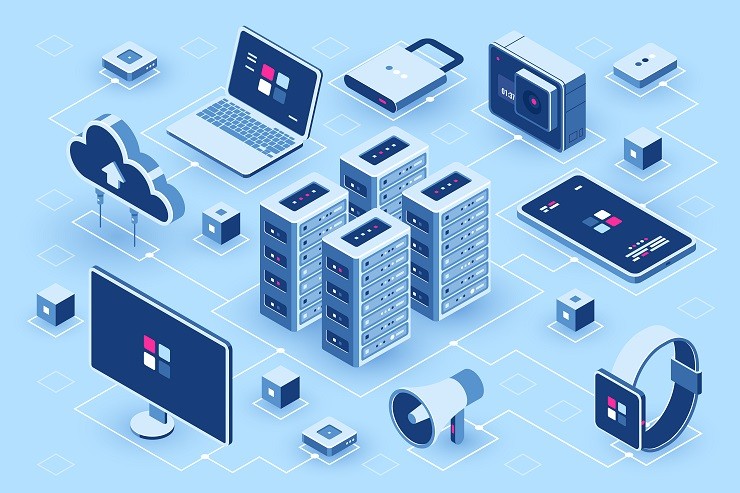Fujitsu and Microsoft announced this week that the two firms are partnering to provide cloud computing services built on Windows Azure running on servers in Fujitsu’s datacenters in Japan, with the first production rollouts coming in August.
Dubbed the Fujitsu Global Cloud Platform (FGCP/A5) service, Microsoft (NASDAQ: MSFT) and the Japanese technology giant have been testing the service with 20 companies in Japan since mid-April, according to a joint statement.
The August rollout will also mark the first release of Fujitsu’s Windows Azure “appliance,” announced for use by onsite customers or via third-party providers last summer.
“The … platform … is the result of the strategic partnership between Fujitsu and Microsoft on the development of a Fujitsu-branded cloud service running specifically on Fujitsu servers with scalable compute and storage powered by Windows Azure,” the statement said.
“The appliance will be operated from a Fujitsu datacenter in Japan, and will run the Fujitsu Global Cloud Platform, FGCP/A5, the first cloud service hosted in Japan to provide Windows Azure developers with a familiar and consistent application and data platform,” it added.
Fujitsu’s basic service provides compute, storage, Microsoft SQL Azure and Windows Azure AppFabric technologies, and multiple development frameworks, including .NET, Java and PHP, as well as data storage capabilities “consistent with the Windows Azure platform,” the statement said.
Fujitsu shipped 76.6 million servers worldwide, 3.3 percent of all servers sold in the first quarter of 2011, and fourth in numbers of units behind HP, Dell, and IBM, according to analyst firm Gartner.
The FGCP/A5 service will start at 5 yen per hour for a small virtual server, which is comparable to an “extra small” instance of Windows Azure. Besides enterprise customers, the companies said they are also targeting small and medium-sized businesses.
Fujitsu will also offer additional services, such as consulting, migration and implementation support — including support for developing both new applications and for migrating existing applications to the platform, the companies said.






